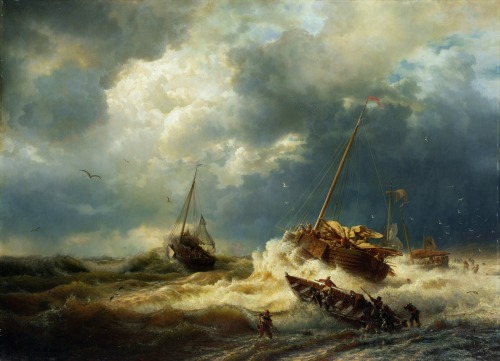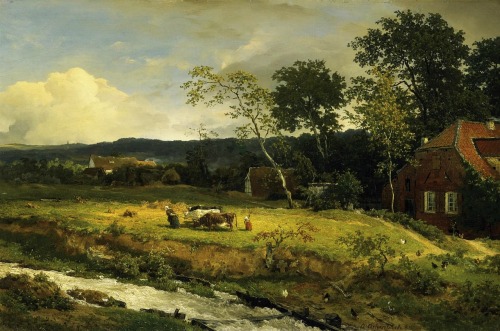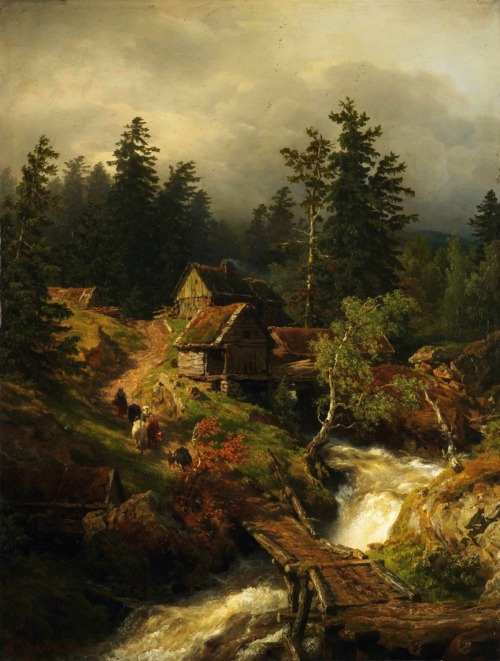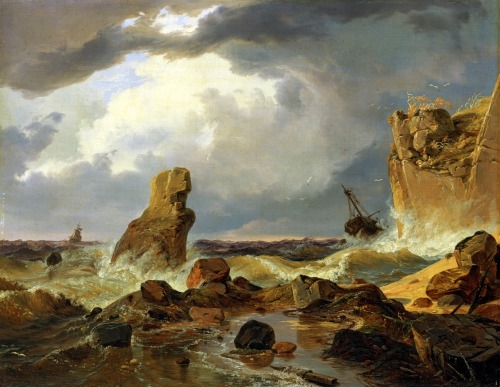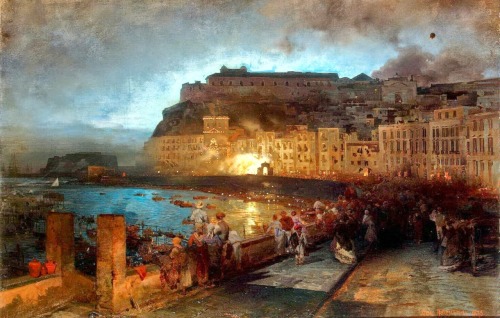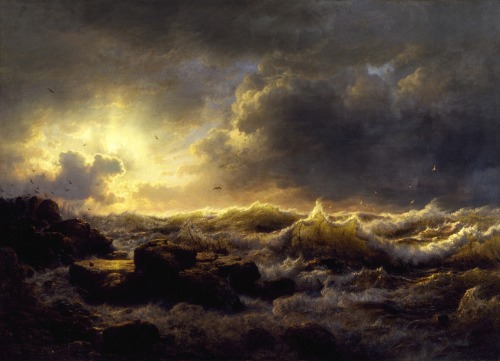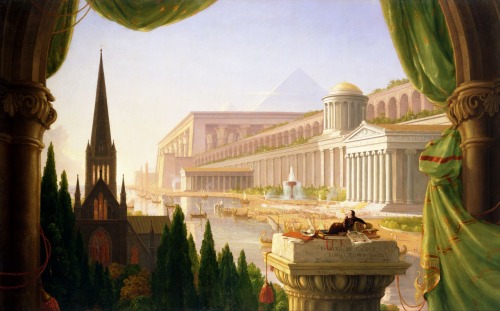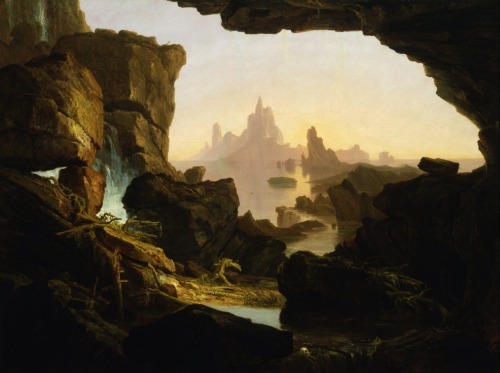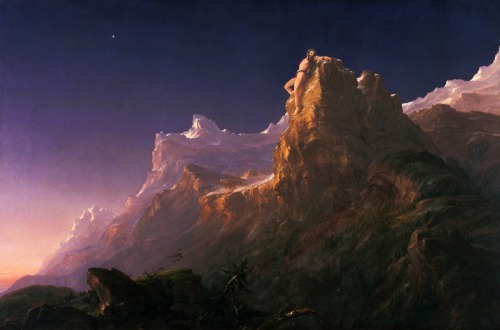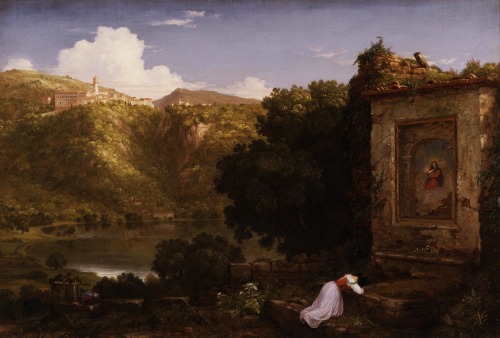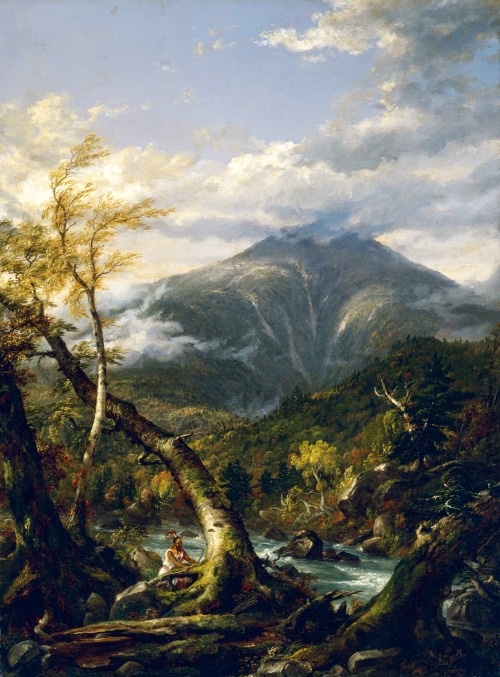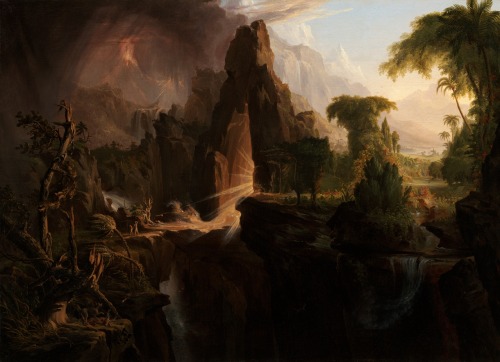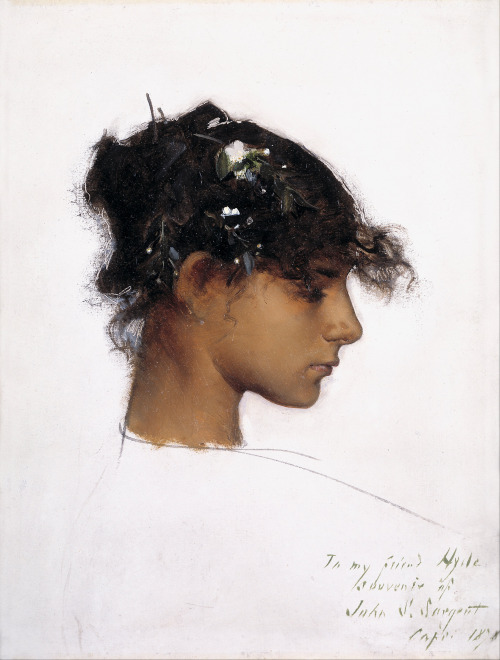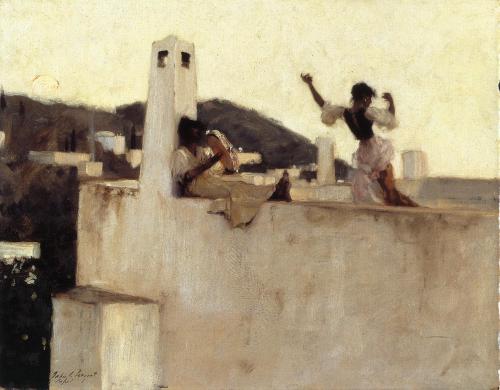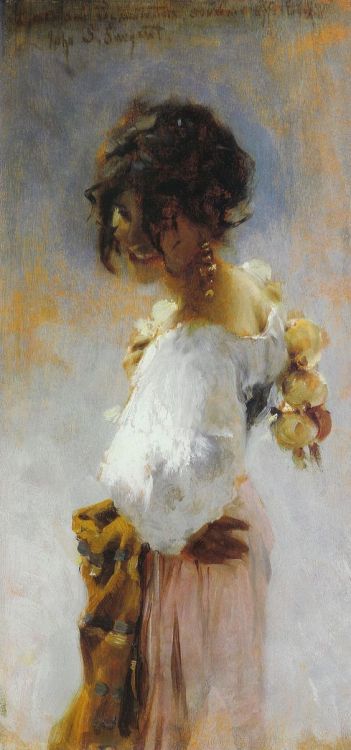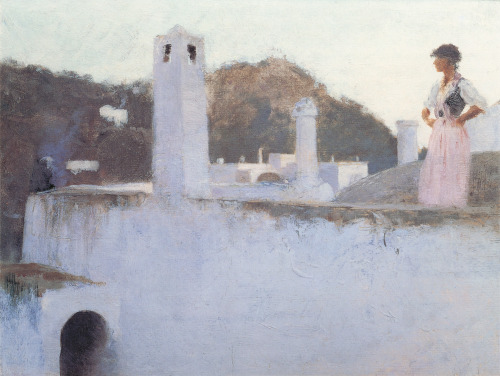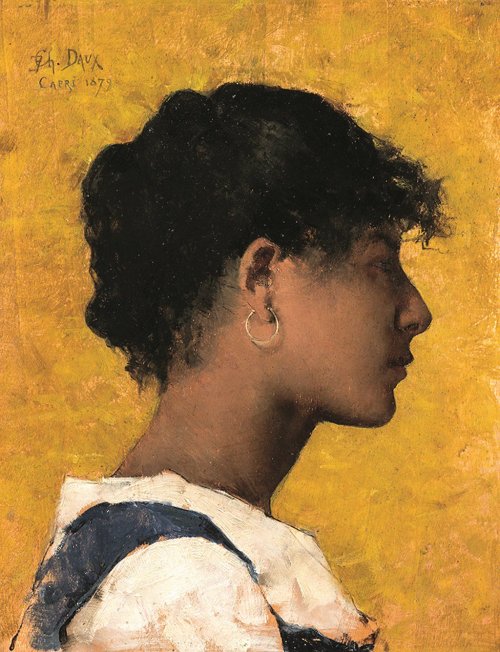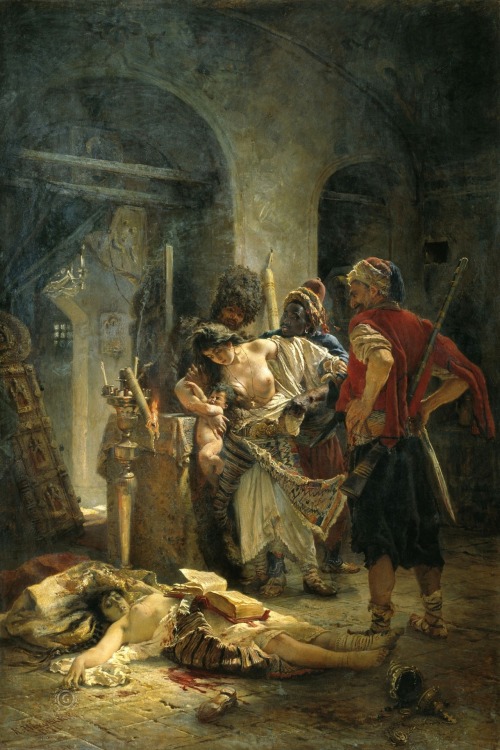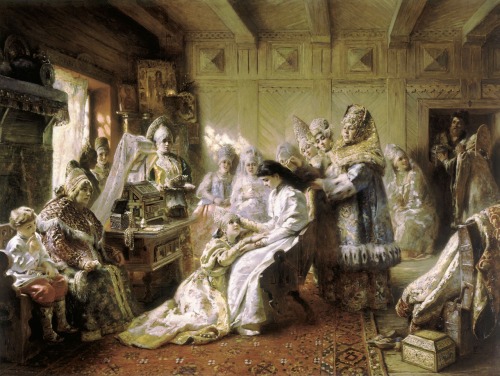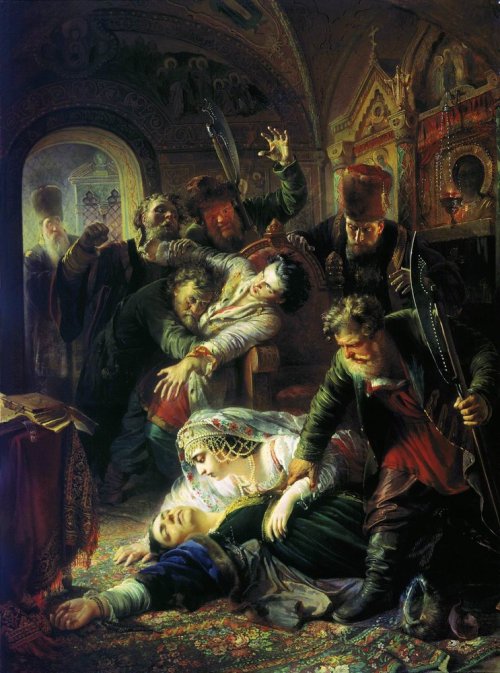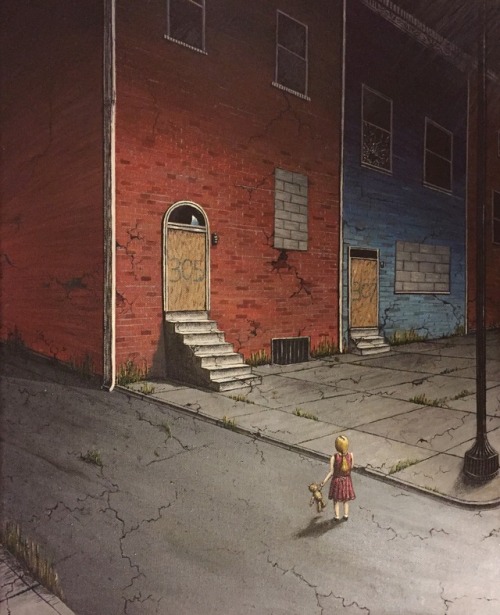#romantic painting
Andreas Achenbach (1815–1910, Germany)
Achenbach was a Germanlandscape painter, associated with the Düsseldorf school. His style is central to 19th century German landscape painting, and defined the post-Friedrich period moving from RomanticismtoRealism.
Post link
Thomas Cole (1801–1848, United States)
Mythological and idealised landscapes
Thomas Cole was an American artist known for his landscape and history paintings. He is regarded as the founder of the Hudson River School, an American art movement that flourished in the mid-19th century. Cole’s work is known for its romantic portrayal of the American wilderness.
Post link
Portraits of Rosina Ferrara
Rosina Ferrara (1861–1934) was an Italian girl from the island of Capri, who was a muse and friend of numerous expatriate artists including John Singer Sargent, Frank Hyde, Charles Sprague Pearce, Charles Caryl Coleman, Alfred Stevens, and George Randolph Barse, whom she later married.
Post link
Konstantin Makovsky (1839—1915, Russia)
History paintings
Makovsky was an influential Russian painter, affiliated with the Peredvizhniki school of Realism. While some of his work reacts against the Academy, he found success in the Salon alongside other Academic painters, and his work can be seen as perhaps related to the French movement of Academic Naturalism. Many of his historical paintings showed an idealised, Romantic view of Russian life of prior centuries, with a particular focus on Boyar people and culture. He was also a popular and prolific portrait painter.
Post link
Digital art still in progress! This one is a personal piece, and I’m thinking to maybe turn this into an oil painting :D
WEBSITE : www.cindyantoinette.com
CONTACT : [email protected]
WEBSITE || SHOP
INSTAGRAM || DEVIANTART || YOUTUBE || TAPASTIC
Post link
Vacant Lights - 16″ x 20″
- Inspired by photography by Patrick Joust. View his work here! https://www.flickr.com/photos/patrickjoust/
Post link










The Beauty of the End
John Martin (1789-1854), English painter and engraver.
This romantic artist will be particularly inspired by the apocalyptic evocations of the Bible, which he will sublimate by representing the gigantism of fury of the elements.
(Oil paintings details. The pictures show, in order : The Great Day of His Wrath, circa 1851 ; The Pandemonium, circa 1841 ; Joshua Commanding the Sun to Stand Still, circa 1840 ; The Destruction Of Sodom And Gomorrah, 1852 ; Manfred and the Alpine Witch, 1837 ; The Bard, circa 1817 ; The Last Judgement, 1853 ; Macbeth, 1820 ; The restored version of The Destruction of Pompeii and Herculaneum, circa 1821 ; and finally, The Seventh Plague, 1823)




Oil paintings by the romantic Belgian painter Jules Victor Génisson (1805-1860).
(In order, Interior of the Cathedral of Amiens, 1842; Interior of St. Savior’s Cathedral in Bruges, 1848; Interior of the St James’ Church in Antwerp, 1857; Interior of Westminster Abbey, 1951)

